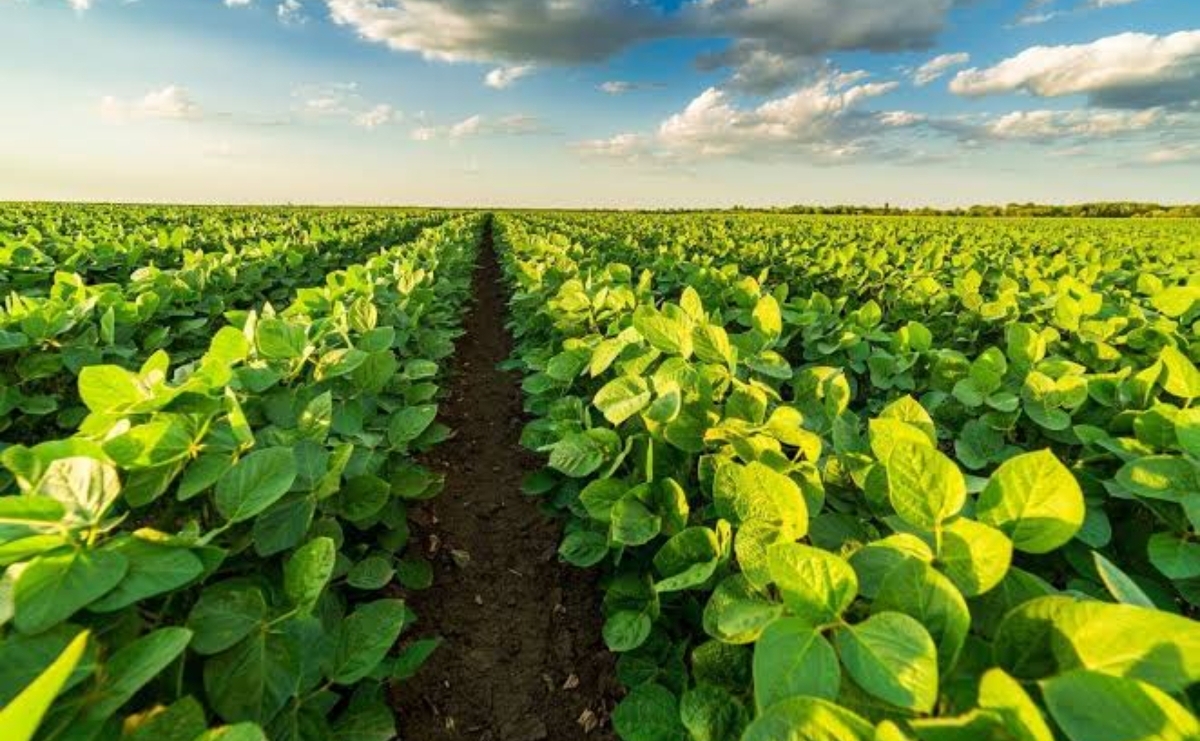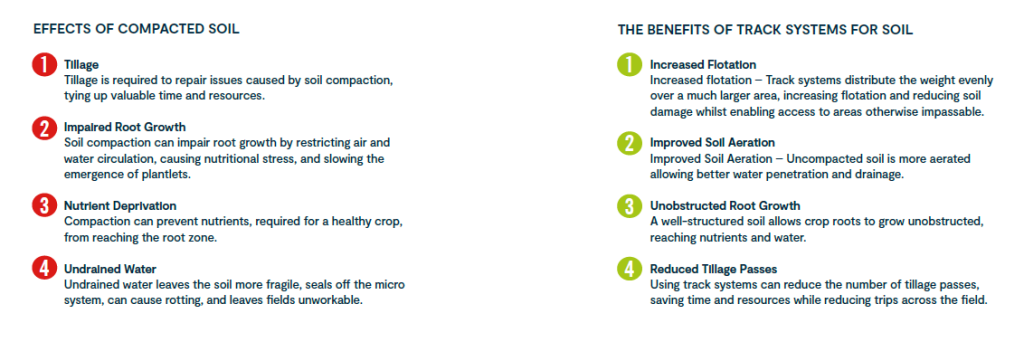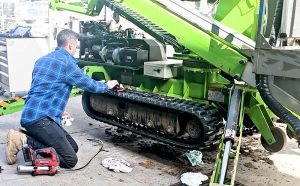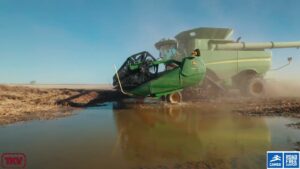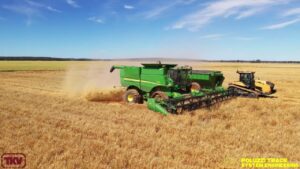Ever wonder about soil compaction and its detrimental effects on soil structure and crop growth?
Compacted soils struggle to let air and moisture in, which causes plant roots to have difficulty reaching optimal depths. Often, only the surface is fluffed up during preparation, when what’s really needed is a deep rip to break up the hardpan and unlock the soil’s potential.
Soil compaction is a major but often underestimated challenge for Australian farmers. With our diverse landscapes, from the sandy soils of Western Australia to the heavy clays of Victoria and New South Wales, compaction affects farms differently. Yet, the impact is universal—reduced yields, increased input costs, and long-term soil degradation.
Aussie farmers are no strangers to battling drought, unpredictable weather, and soil degradation. But compaction is an issue that doesn’t just show up overnight. It builds over time, quietly restricting root growth, reducing water infiltration, and ultimately hurting productivity.
For livestock farmers, compacted paddocks mean poor pasture growth, limiting feed availability. Hard ground also increases the risk of hoof issues in cattle and sheep, leading to potential health problems and extra costs.
There is no doubt that the best way to minimise soil compaction is by using tracked equipment.
